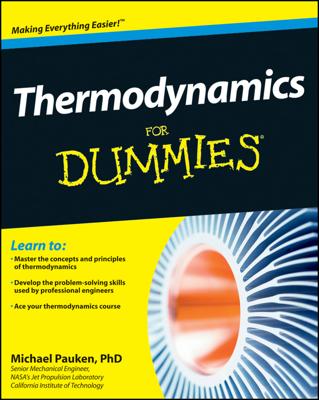String theory goes beyond the symmetries we observe to predict even more symmetries that aren’t observed in nature. It predicts a necessary symmetry that’s not observed in nature, called supersymmetry. At the energies we observe, supersymmetry is an example of a broken symmetry, though physicists believe that in high-energy situations, the supersymmetry would no longer be broken (which is what makes it so interesting to study).
A change in location or position that retains the properties of the system is called a geometric symmetry (or sometimes translational symmetry). Another form of symmetry is an internal symmetry, which is when something within the system can be swapped for something else and the system (as a whole) doesn’t change.
When a symmetrical situation at high energy collapses into a lower energy ground state that is asymmetrical, it’s called spontaneous symmetry breaking. An example would be when a roulette wheel spins and slows into a “ground state.” The ball ultimately settles into one slot in the wheel — and the gambler either wins or loses.
Translational symmetry: Same system, different spot
If an object has translational symmetry, you can move it and it continues to look the same. Moving objects in space doesn’t change the physical properties of the system.
Now the potential energy due to gravity changes depending on where an object is. Moving an object’s location in space can have an impact on the physical system, but the laws of physics themselves don’t change (so far as we can tell). If the Empire State Building, Earth, and the penny held over the edge (the entire “system” in the example of the potential energy in the penny dropped from the building) were all shifted by the same amount in the same direction, there would be no noticeable change to the system.
Internal symmetry: The system changes, but the outcome stays the same
In an internal symmetry, some property of the system can undergo a change without changing the outcome of the result.
For example, changing every particle with its antiparticle — changing positive charges to negative and negative charges to positive — leaves the electromagnetic forces involved completely identical. This is a form of internal symmetry, called charge conjugation symmetry. Most internal symmetries aren’t perfect symmetries, meaning that they behave somewhat differently in some situations.
Spontaneous symmetry breaking: A gradual breakdown
Physicists believe that the laws of the universe used to be even more symmetric, but have gone through a process called spontaneous symmetry breaking, where the symmetry falls apart in the universe we observe.
If everything were perfectly symmetric, the universe would be a very boring place. The slight differences in the universe — the broken symmetries — are what make the natural world so interesting, but when physicists look at the physical laws, they tend to find that the differences are fairly small in comparison to the similarities.
To understand spontaneous symmetry breaking, consider a pencil perfectly balanced on its tip. The pencil is in a state of perfect balance, of equilibrium, but it’s unstable. Any tiny disturbance will cause it to fall over. However, no law of physics says which way the pencil will fall. The situation is perfectly symmetrical because all directions are equal.
As soon as the pencil starts to fall, however, definite laws of physics dictate the direction it will continue to fall. The symmetrical situation spontaneously (and, for all intents and purposes, randomly) begins to collapse into one definite, asymmetrical form. As the system collapses, the other options are no longer available to the system.
The Standard Model of particle physics, as well as string theory (which includes the Standard Model as a low-energy approximation), predicts that some properties of the universe were once highly symmetrical but have undergone spontaneous symmetry breaking into the universe we observe now.

